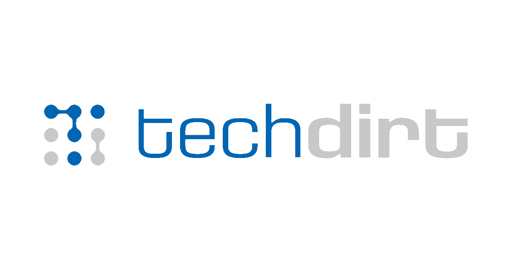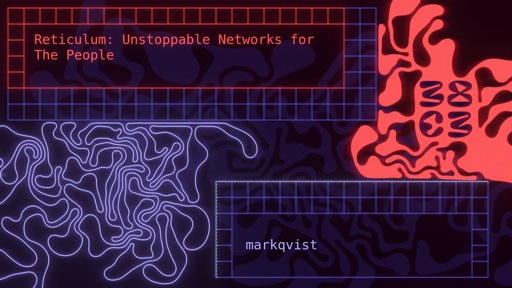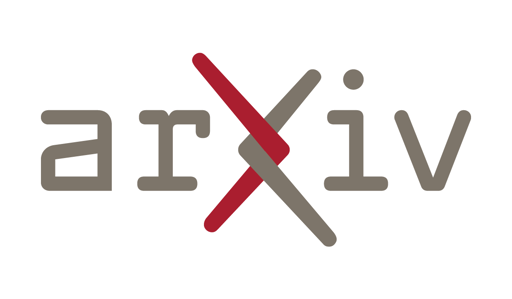Arthur Besse
cultural reviewer and dabbler in stylistic premonitions
- 114 Posts
- 322 Comments

 9·5 days ago
9·5 days agoVideo links are NOT articles and will be removed.
Thanks. I’ve edited the post to link to the same source’s text article instead (and linked the corresponding video this post originally linked to in the post body)

 1·5 days ago
1·5 days agoi thought the photo in this thumbnail looked familiar, and then realized it’s because I just saw a post from her a minute ago - one of many linking to a very old video of a large crowd in Venezuela falsely claiming that it shows people celebrating the US kidnapping Maduro today.
They just need to say they are using the archive for AI training data. Then it’s legal.


 5·20 days ago
5·20 days agolook at their responses in the .ml cross-post,
that post is now deleted, but you can see their modlog here

 29·24 days ago
29·24 days agoto the many people reporting this post


 21·25 days ago
21·25 days agoThanks. Sorry to see my assumption was correct; that does indeed sound a lot like when they were called OSSO two decades ago.
Notably absent from the list of things they might open source soon is their current “Lipstick” UI, the graphical shell itself.
All of the stuff they plan to open source are things I didn’t even figure out were still closed from my 5-10 minutes of research before writing my previous comments. It is difficult to estimate the number (do you know how?) of other small closed components which they can dribble out over the next years to maintain users’ false hope that they will one day have an actually-open-source operating system.
we’ll see though
my advice is: don’t hold your breath.
Sorry if this sounds bitter, but it’s because I am - I naively believed that OSSO might actually ship a free OS one day (to be fair they didn’t say they would either, but they helped us believe that they might… in effect saying “we’ll see” for years while releasing bits here and there) and it was frustrating to realize that it was never a real possibility.

 2·25 days ago
2·25 days agoGot a link about it? Have they just said they plan to make it “more” open, or do they actually plan to make the full OS actually be free software, like AOSP, pmOS, or most of the other things on, eg, the pinephone software page? (note that sailfish is also listed there, but iiuc its UI and some other bits remain closed-source).

 3·26 days ago
3·26 days agoIt is the direct descendant of Nokia’s OSSO (“Open Source Software Operations”) division, both in terms of people and software.

 4·26 days ago
4·26 days agoUnfortunately they’ve been saying on and off that they plan to slowly open source more of it literally since they first started… which was [checks calendar] now 20 years ago. So, I lost my optimism that they would ever finish opening it quite a while ago.
💀


 181·26 days ago
181·26 days agoand we’ll open source the hardware and software interface specs so anyone can design, 3D-print, or produce their own modules
oh cool, people can make open source “other half” add-ons for the proprietary “first half” of the phone itself 🙄
i wonder what percentage of jolla customers still mistakenly believe SailfishOS to be open source? (most of the ones i’ve met did…)
1 reason it’s wrong to me: https://nosystemd.org/
Under “Notable bugs and security issues” there is a big list of issues which were all (afaict) fixed many years ago.
There have been reasonable philosophical objections to systemd, some of which are still relevant, and as that site shows there are still many distros without it, but for the vast majority of desktop users who want something that JustWorks… using a mainstream distro with systemd is the way to go.
This blog post from pmOS covers some of the pain of trying to use KDE or GNOME without it.
I can’t really imagine a benefit to
--autoremoveexcept for keeping old packages a bit longer before removing them.Eg, if you run
apt --update --autoremove upgrade -yonce a day you’ll keep your prior-to-currently-running-version kernel packages a day longer than if you ranautoremoveimmediately after each upgrade.To make things more confusing: the new-ish
apt full-upgradecommand seems to remove most of whatapt autoremovewants to… but not quite everything. 🤷
see also –autoremove

 21·28 days ago
21·28 days agoWould be easier to know how old a kernel release is without looking it up.
I concur, but it would be much easier to make the major version the current year (as many projects do, and Linux should imo) rather than the whole project’s age at the time of a release.
Linux is only 34 years old, btw.
Oh come on, you don’t really believe that Nazi shit, do you?

 2·1 month ago
2·1 month agoAI code will likely get to the point where it is just a higher level language

 4·1 month ago
4·1 month agocontradictory to existing laws (eg section 230).
Section 230 is US law; this article is about the EU and GDPR.
Operating in multiple countries often requires dealing with contradictory laws.
But yeah, in this case it also seems unfeasible. As the article says:
There is simply no way to comply with the law under this ruling.
In such a world, the only options are to ignore it, shut down EU operations, or geoblock the EU entirely. I assume most platforms will simply ignore it—and hope that enforcement will be selective enough that they won’t face the full force of this ruling. But that’s a hell of a way to run the internet, where companies just cross their fingers and hope they don’t get picked for an enforcement action that could destroy them.



















if you only listen to US media you might think so; at the press conference today Trump said “we’ll run it” as if they already control it, and he also claimed that Vice President (now acting president) Delcy Rodríguez told US Secretary of State Marco Rubio that “we’ll do whatever you need”. However, a few hours later:
so, no, although the US has kidnapped their president, at this point in time they have not actually conquered the nation.